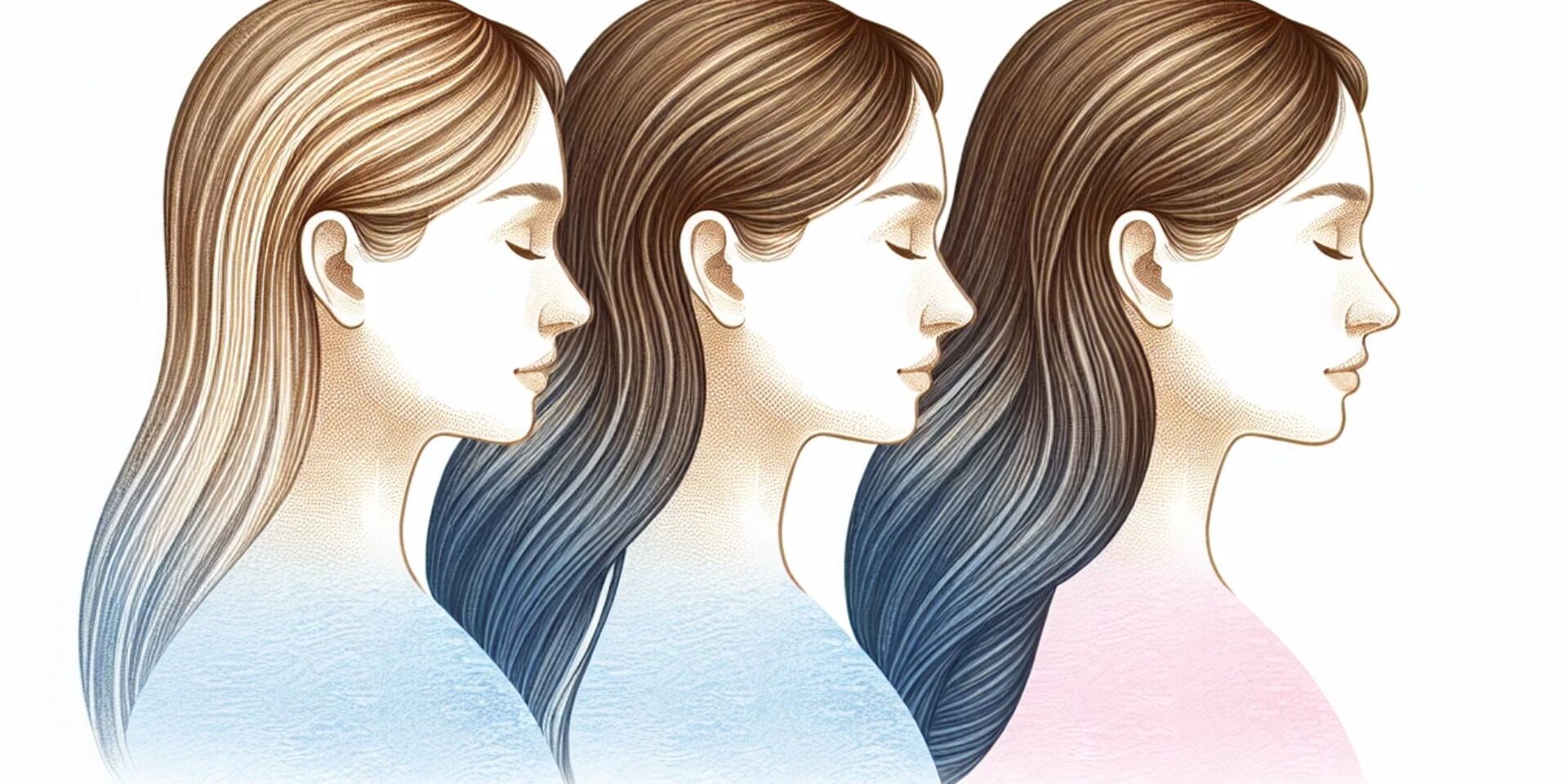Hairloss Treatments for Women

Hair Loss Treatments for Women: Your Options and What to Expect
If you’re experiencing hair loss, you’re not alone. Many women notice thinning hair at some point in their lives, and while it can feel overwhelming, there are effective treatments available. The key is to identify the cause and choose an approach that suits your needs and lifestyle.
1. Medical Treatments
Minoxidil (Topical Solution or Foam)
Minoxidil is the only FDA-approved topical treatment for female pattern hair loss. You apply it directly to your scalp once or twice a day. It works by increasing blood flow to your hair follicles and keeping them in the growth phase longer. You may notice results after three to six months, but consistency is crucial. Don’t be alarmed if you shed a little more in the first few weeks—this can be part of the process.
Oral Medications
If your hair loss is linked to hormonal factors, your doctor might prescribe oral anti-androgens like spironolactone, or in some cases, finasteride (used off-label for women). These help block dihydrotestosterone (DHT), the hormone that can shrink follicles over time. You’ll likely need regular check-ups to monitor progress and side effects.
2. Nutritional and Lifestyle Support
Your hair needs the right nutrients to grow strong and healthy. If you’re low in iron, vitamin D, biotin, or protein, your hair may grow slower and thinner. Blood tests can confirm deficiencies, and your doctor can recommend supplements or dietary changes. Staying hydrated, eating balanced meals, and managing stress all support healthy hair growth.
Stress management is especially important. High stress levels can trigger telogen effluvium, a condition where hair shifts into the shedding phase. Yoga, meditation, or even simple breathing exercises can help keep stress—and your hair—under control.
3. Professional and In-Clinic Treatments
Platelet-Rich Plasma (PRP) Therapy
PRP involves drawing a small amount of your blood, processing it to concentrate the platelets, and injecting it into your scalp. These platelets release growth factors that can stimulate dormant hair follicles. You’ll usually need a series of treatments spaced a few weeks apart, followed by maintenance sessions.
Low-Level Laser Therapy (LLLT)
This non-invasive treatment uses red light to boost circulation and stimulate follicles. You can find in-clinic devices or invest in a medical-grade at-home laser cap. Consistency—often three times a week—is key to seeing results.
Microneedling with Growth Serums
Microneedling creates tiny channels in your scalp, allowing nourishing serums or platelet-rich plasma to penetrate deeper. This can help revive weak follicles and encourage new growth.
4. Hair Transplant Surgery
If you have significant thinning and other treatments haven’t worked, you might consider a hair transplant. This procedure moves healthy follicles from one area of your scalp to thinning areas. Modern techniques, such as Follicular Unit Extraction (FUE), create natural-looking results with minimal downtime.
